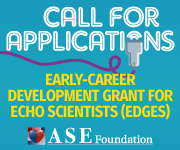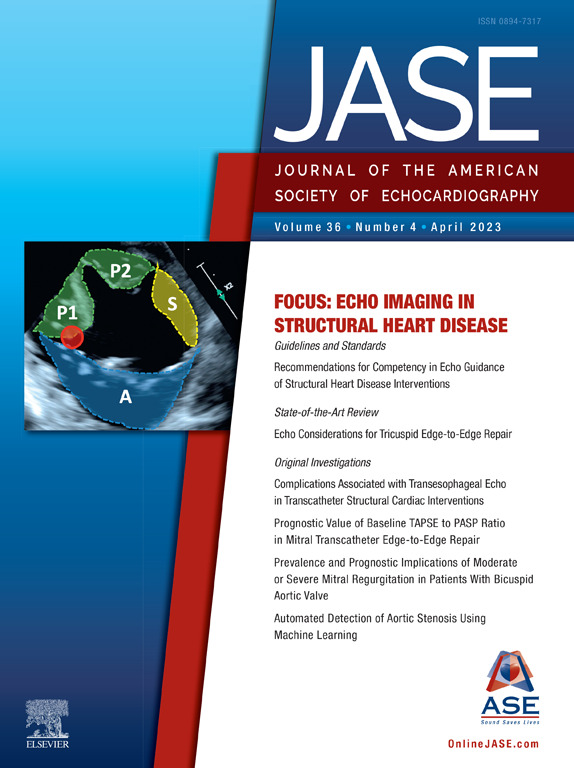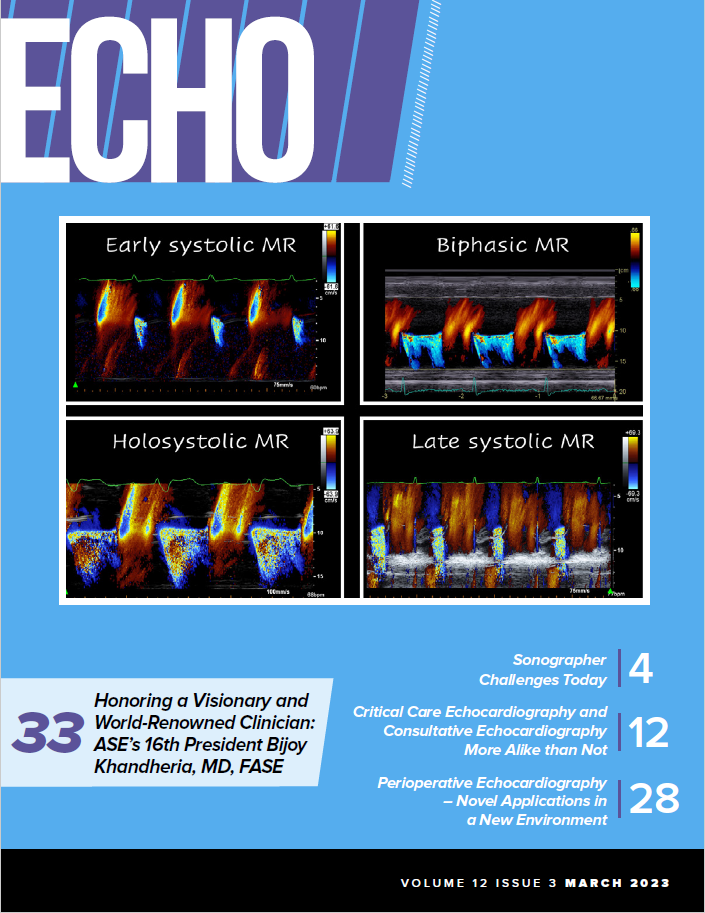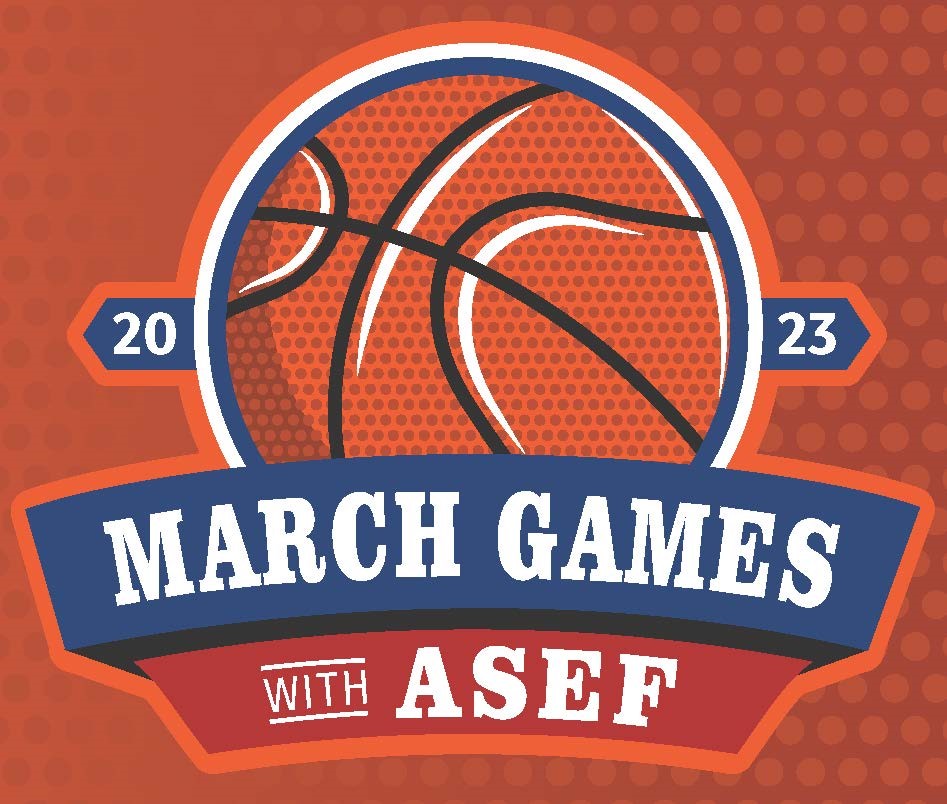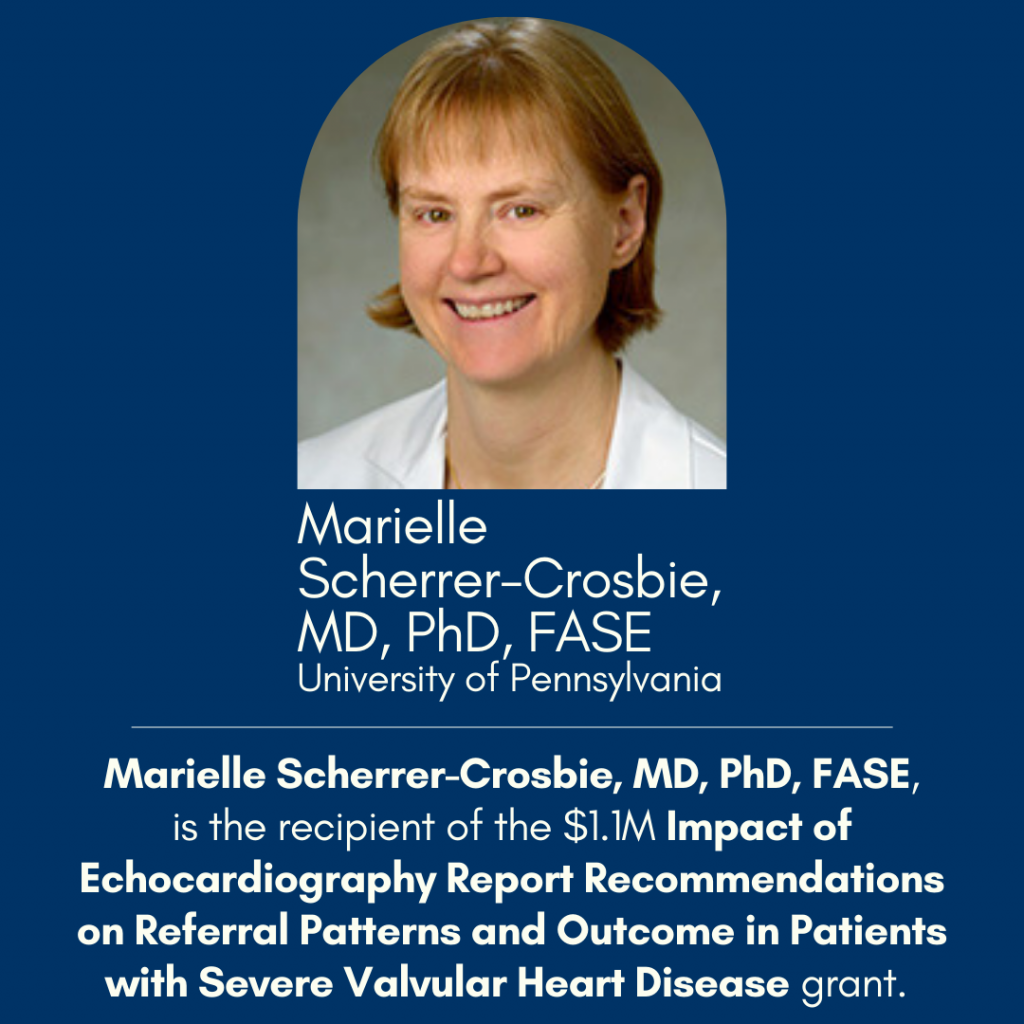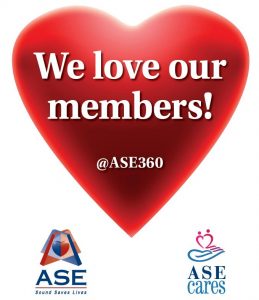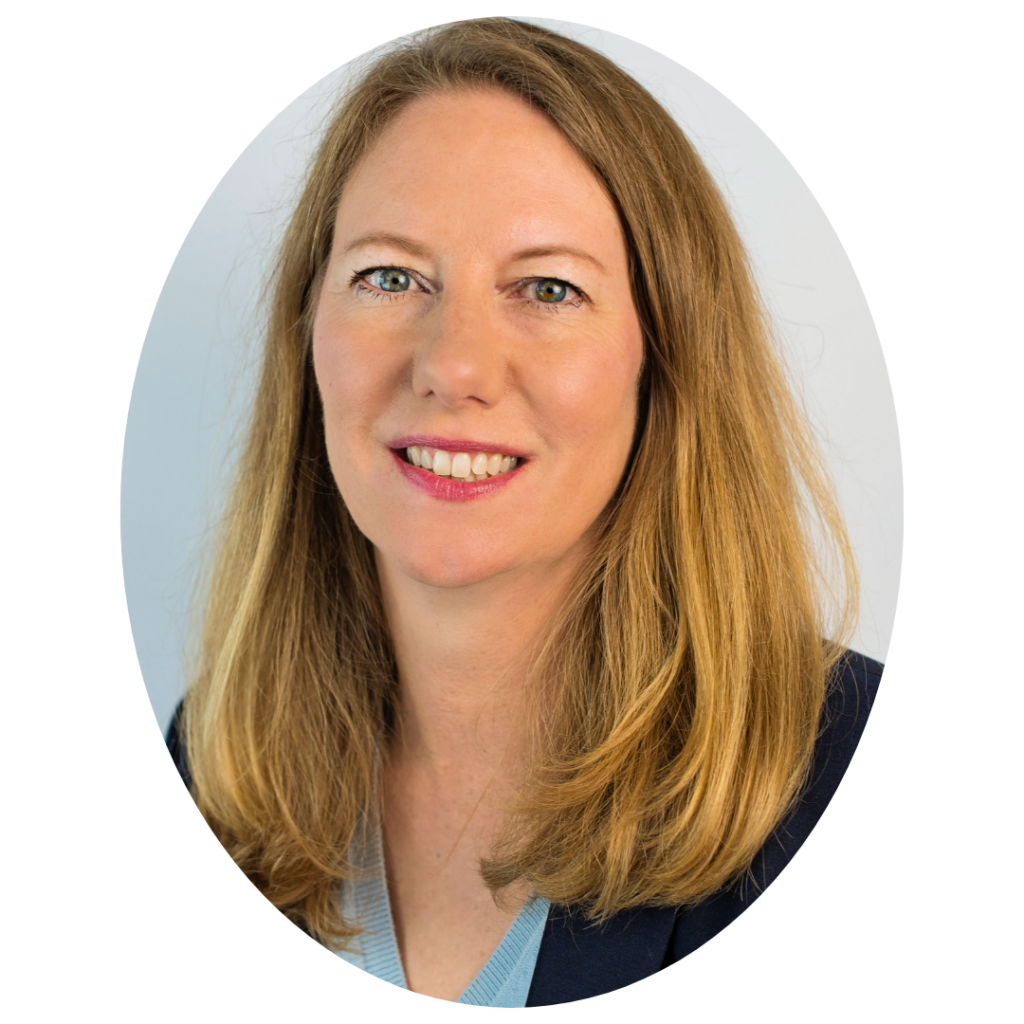
FOR IMMEDIATE RELEASE
Contact: Angie Porter
919-297-7152
aporter@ASEcho.org
ASE Names Marielle Scherrer-Crosbie, MD, PhD, FASE, as the Recipient of a $1.1 Million Grant to Help Optimize Care for Patients Diagnosed with Severe Valvular Heart Disease
The grant will examine the role of a primary care provider and referral patterns for patients presenting with severe aortic stenosis and examine the effectiveness of an echocardiography-based intervention
(DURHAM, NC, April 13, 2023)—The American Society of Echocardiography (ASE) and the ASE Foundation (ASEF) have awarded $1.1 million in grant funding aimed at improving care for patients suffering from severe valvular heart disease (VHD). Funding support for this grant was provided by Edwards Lifesciences.
Marielle Scherrer-Crosbie, MD, PhD, FASE, Professor of Medicine at the Hospital of the University of Pennsylvania, is the recipient of the Impact of Echocardiography Report Recommendations on Referral Patterns and Outcome in Patients with Severe Valvular Heart Disease grant and will serve as the study’s principal investigator. Her research will examine the referral patterns and treatment of patients presenting with echocardiographic evidence of aortic stenosis (AS). AS is a progressive disease that occurs when the opening of a heart valve narrows, typically due to age. Over 1.3 million Americans over age 65 have severe symptomatic AS.1 Echocardiography is the key tool for the diagnosis and evaluation of AS, and is the primary noninvasive imaging method for AS assessment.2 This research study may be applied to other forms of VHD research, such as mitral, tricuspid, and aortic regurgitation, that would benefit from appropriate referral to specialized care.
“As principal investigator and together with the selected research team, we are ready to utilize the wide-reaching imaging modality of echocardiography to fill an existing gap in the care of patients with severe AS, which can lead to increased morbidity and mortality,” said Dr. Scherrer-Crosbie. “We aim to leverage the capabilities of patients’ electronic health records to improve this gap and to drive any needed changes in referral patterns with subsequent examination of impact on patient care and clinical outcomes.”
Current data depict that many VHD patients may have delayed or incomplete care because their diagnosis from a cardiovascular ultrasound examination does not result in an appropriate referral to a multidisciplinary heart valve team for treatment consideration.
“Considering the growth in the number of patients presenting with aortic stenosis, ASE believes the diagnosis, referral, and treatment for these patients needs to be optimized to improve patient outcomes and lower overall healthcare costs,” said Raymond Stainback, MD, FASE, Immediate Past President of ASE and Chair of ASE’s Research Oversight Committee.
The research will be funded over the next two years and will utilize a pre- and post-single arm study with a historic control aimed at testing a specific intervention’s impact on the care or management of patients with severe AS referred by a non-cardiologist for an echocardiogram.
“Patients impacted by valvular heart disease, and specifically severe aortic stenosis, continue to face significant challenges in receiving timely echo diagnosis and follow up,” said Todd Brinton, MD, FACC, Corporate Vice President, Advanced Technology, and Chief Scientific Officer at Edwards Lifesciences. “Without treatment, we know that, sadly, these patients face debilitating and deadly consequences as heart valve disease progresses. We are pleased to partner with ASE to further study and generate evidence for the clinical community to better understand the optimized referral and care pathway for these patients in need.”
Learn more about this grant by visiting ASEF’s website.
About American Society of Echocardiography
The American Society of Echocardiography (ASE) is the Society for Cardiovascular Ultrasound Professionals™. ASE is the largest global organization for cardiovascular ultrasound imaging serving physicians, sonographers, nurses, veterinarians, and scientists and as such is the leader and advocate, setting practice standards and guidelines for the field. The Society is committed to advancing cardiovascular ultrasound to improve lives. For more information, visit ASE’s website ASEcho.org or social media pages on Facebook, Twitter, LinkedIn, or Instagram.
About Edwards Lifesciences
Edwards Lifesciences is the global leader of patient-focused innovations for structural heart disease and critical care monitoring. We are driven by a passion for patients, dedicated to improving and enhancing lives through partnerships with clinicians and stakeholders across the global healthcare landscape. For more information, visit Edwards.com and follow us on Facebook, Instagram, LinkedIn, Twitter and YouTube.
Edwards, Edwards Lifesciences, and the stylized E logo are trademarks of Edwards Lifesciences Corporation. All other trademarks are the property of their respective owners.
1Owens DS, Bartz TM, Buzkova P, et al. Cumulative burden of clinically significant aortic stenosis in community-dwelling older adults. Heart. 2021;107:1493-1502.
2 Baumgartner H, Hung J, Bermejo J, et al. Recommendations on the Echocardiographic Assessment of Aortic Valve Stenosis: A Focused Update from the European Association of Cardiovascular Imaging and the American Society of Echocardiography. J Am Soc Echocardiogr. 2017;30(4):372-392. doi:10.1016/j.echo.2017.02.009

